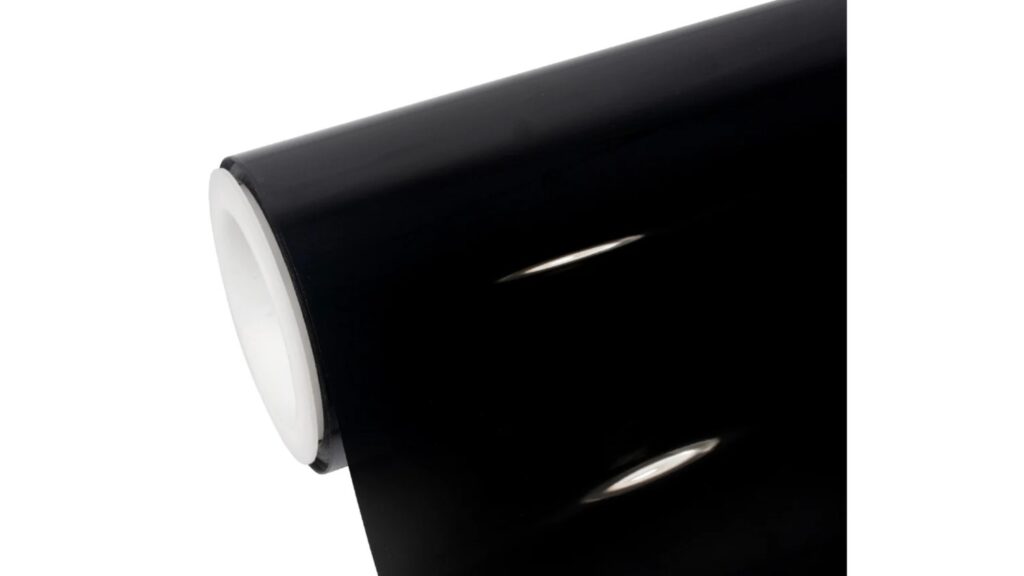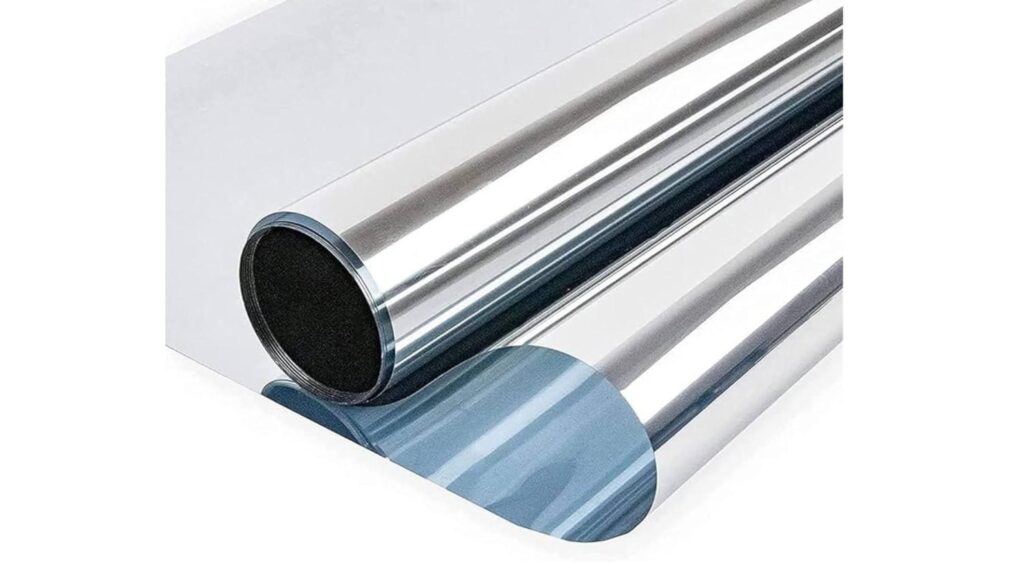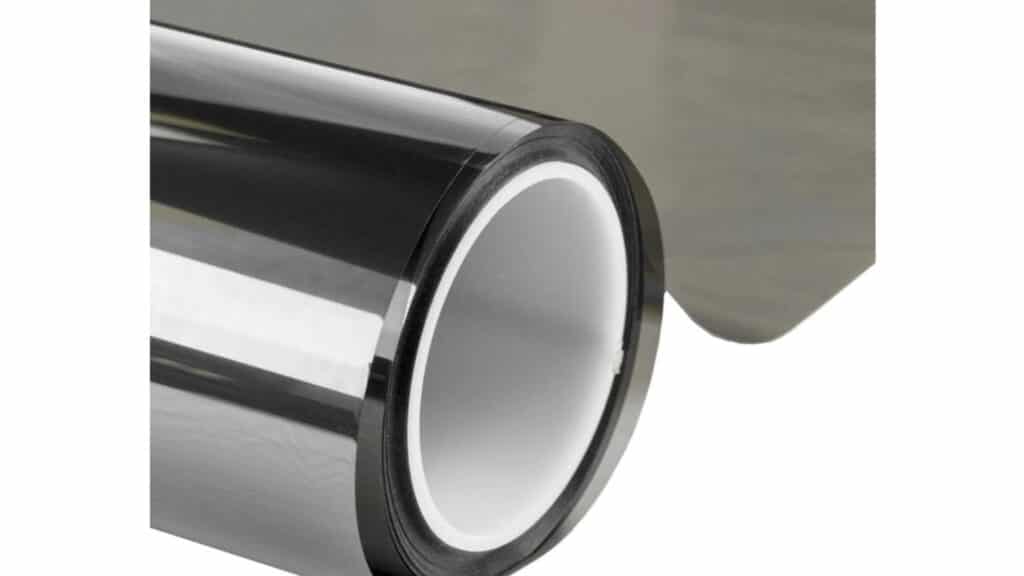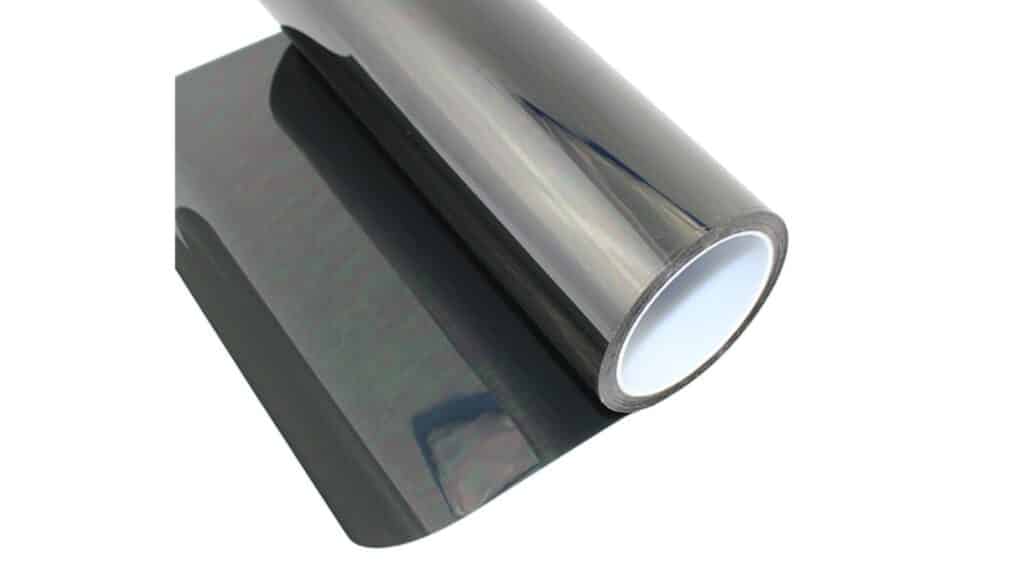Thinking about getting your car windows tinted, but not sure what you’ll be spending? You’re not alone.
It’s one of the first questions everyone asks, and honestly, the answer isn’t as straightforward as you’d hope.
Window tinting costs can range anywhere from $150 to over $800, depending on your car, the type of tint you choose, and where you live.
But don’t worry, I’ll break down everything that affects the price so you can budget properly and make the best choice for your ride and your wallet.
Why Window Tinting is Worth Every Penny?
Window tinting is more than just a cosmetic upgrade; it’s a practical investment in your car’s comfort, safety, and longevity. Tinted windows give you privacy, shielding you and your belongings from prying eyes while reducing the risk of break-ins.
High-quality tint blocks up to 99% of harmful UV rays, protecting your skin and keeping your dashboard, seats, and upholstery from fading or cracking over time.
It also helps regulate your car’s temperature, reducing interior heat by up to 60%, allowing you to use less air conditioning and save on fuel.
On the road, tint reduces glare from the sun, making driving safer and more comfortable. And of course, it adds instant style, giving your vehicle a sleek, classy look that turns heads.
What Affects the Cost of Window Tinting?
The price of window tinting isn’t one-size-fits-all. Several factors determine how much you’ll pay:
- The Type of Tint Material: Just like there are different grades of gasoline, there are different types of window tint. Each has its own price point and performance level.
- Your Car’s Specifications: A compact car with small, simple windows will cost less to tint than a large SUV with lots of windows and curved glass. The more complex the job, the higher the price.
- Labor and Installation Complexity: Some installations are straightforward, while others require serious skill. If your car has heated rear windows, complex curves, or multiple small windows, expect to pay more for the expertise required.
- Professional vs. DIY: You can buy DIY tint kits, but unless you’re experienced, the results often look amateur. Professional installation costs more upfront, but usually comes with warranties and guarantees that DIY jobs don’t offer.
Types of Window Tint: From Budget to Premium
Here’s a total cost breakdown of window tints for specific types:
1. Dyed Tint: The Budget-Friendly Option

This is the most affordable option, typically costing $150-$400 for a full car. Dyed tint is made by placing dye between layers of adhesive and polyester.
It’s great for basic privacy and looks good, but it doesn’t reject heat as well as other types of windows.
Over time, the dye can fade, especially in very sunny climates. If you’re on a tight budget and mainly want the look, dyed tint is a solid choice.
2. Metallic Tint: The Middle Ground

Expect to pay $200-$600 for a metallic tint. This type contains tiny metallic particles that reflect heat and UV rays much better than dyed tint. It’s more durable and won’t fade like dyed tint can.
However, there’s one potential downside: the metal particles can interfere with cell phone signals and GPS devices. If you rely heavily on these, you might want to consider other options.
3. Ceramic Tint: The Premium Choice

This is the top-tier option, usually costing $400-$800 or more. Ceramic tint uses advanced technology with ceramic particles that block heat and UV rays without any metal.
This means no interference with your electronics, superior heat rejection, and excellent durability. It costs more upfront, but many people find it worth the investment for the performance and longevity.
4. Carbon Polymer Tint: The Sweet Spot

Priced between $300-$600, carbon tint offers excellent heat rejection and durability without the electronic interference issues of metallic tint.
It has a matte finish that many people love, and it won’t fade over time. For many car owners, carbon tint offers the best balance of performance and price.
Understanding Tint Darkness and Legal Limits
Window tint darkness is measured by Visible Light Transmission (VLT) percentage. The lower the number, the darker the tint:
- 50% VLT: This is a pretty light tint that still allows good visibility while providing some UV protection and a subtle style upgrade.
- 35% VLT: A popular choice that offers good privacy and heat reduction while maintaining decent visibility at night.
- 20% VLT: This is quite dark, providing excellent privacy and heat rejection, but night visibility can be challenging.
- 5% VLT: Often called “limo tint,” this is very dark and offers maximum privacy, but can make night driving difficult
Important Legal Note: Every state and country has different laws about how dark your window tint can be. These laws often differ for front windows versus rear windows. Before getting your windows tinted, check your local regulations. Getting pulled over for illegal tint is frustrating and expensive.
Price Estimates by Vehicle Type
| Vehicle Type | Estimated Cost Range |
|---|---|
| Sedan / Coupe | $200 – $600 |
| SUV / Truck | $300 – $800 |
| Van / Large Vehicle | $400 – $1,000+ |
| Luxury / Sports Car | $400 – $1,200 |
Recommended Window Tint Brands
Choosing the right window tint brand can make a big difference in protection, appearance, and durability. The top brands offer a blend of advanced technology, strong warranties, and proven performance.
| Brand | Price Range (Approx.) | Notable Series / Features | Warranty |
|---|---|---|---|
| 3M | $70 – $300 per vehicle | Crystalline, Color Stable, Obsidian. Multi-layer nano-tech blocks 99% UV, weather-resistant, scratch-resistant | Extensive manufacturer warranty |
| LLumar | $90 – $230 per vehicle | Formula One, ATC, CTX Series. Advanced infrared filtering, excellent heat rejection, and low signal interference | Lifetime on films and labor |
| XPEL | $100 – $350 per vehicle | Prime XR Plus, Prime CS: Nano-ceramic, self-healing, no metallic interference | Limited lifetime warranty |
| Solar Gard | $100 – $300 per vehicle | Quantum, Galaxie, LX Series. Premium ceramic and metallic films, UV and heat rejection | Limited lifetime warranty |
| Hüper Optik | $120 – $320 per vehicle | X3 Ceramic Series, Titanium Nitride compounds, high clarity, and heat rejection | Typically, depends on the dealer |
Whether prioritizing maximum UV protection, heat rejection, or durability, this comparison gives a clear view of what each brand offers. For best results, pair your choice with professional installation to ensure lasting performance and value.
Final Thoughts
So there you have it; window tinting typically costs between $150 and $800, but now you know exactly what drives that price range.
Doesn’t matter, if you go with a budget-friendly dyed tint or splurge on premium ceramic, you’re making a smart investment in your daily comfort and your car’s long-term value.
My advice? Don’t just hunt for the cheapest price. Find a reputable installer, make sure your tint is legal in your area, and choose quality that matches your needs and budget.














